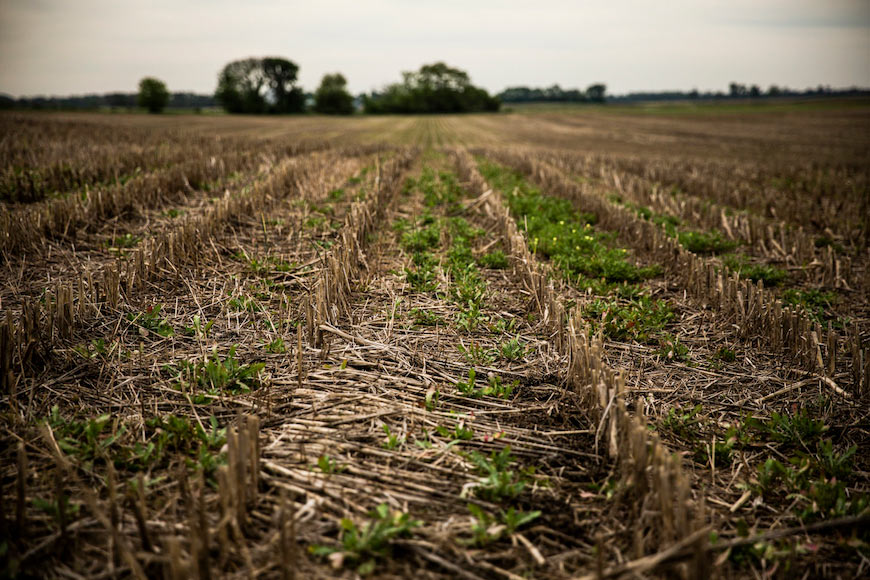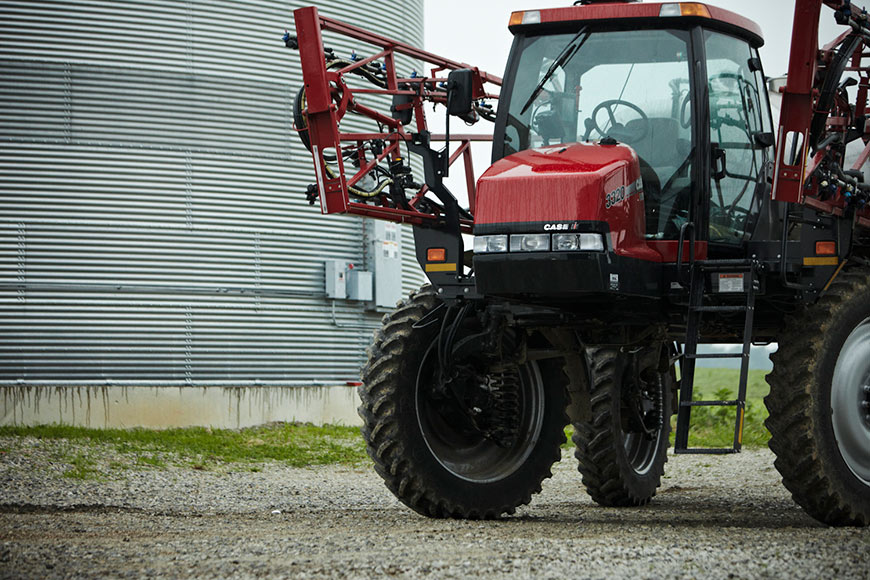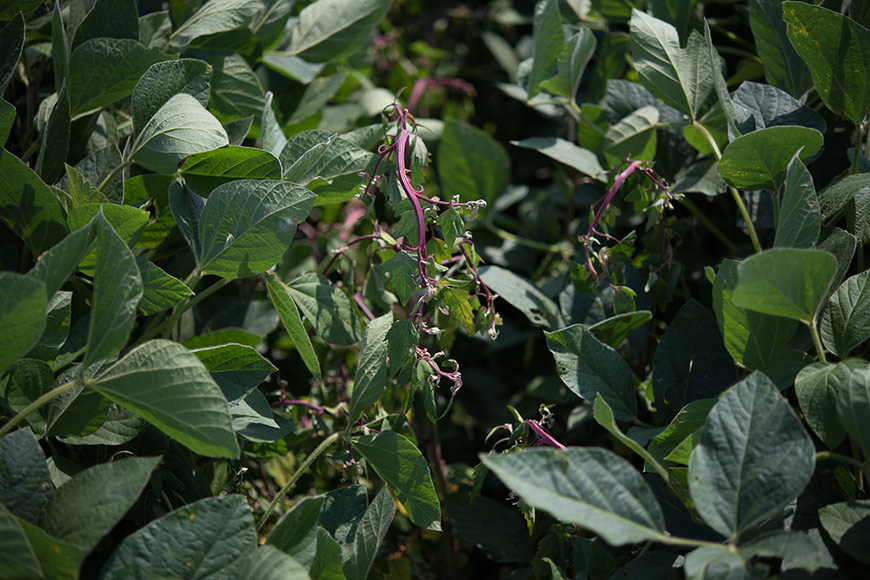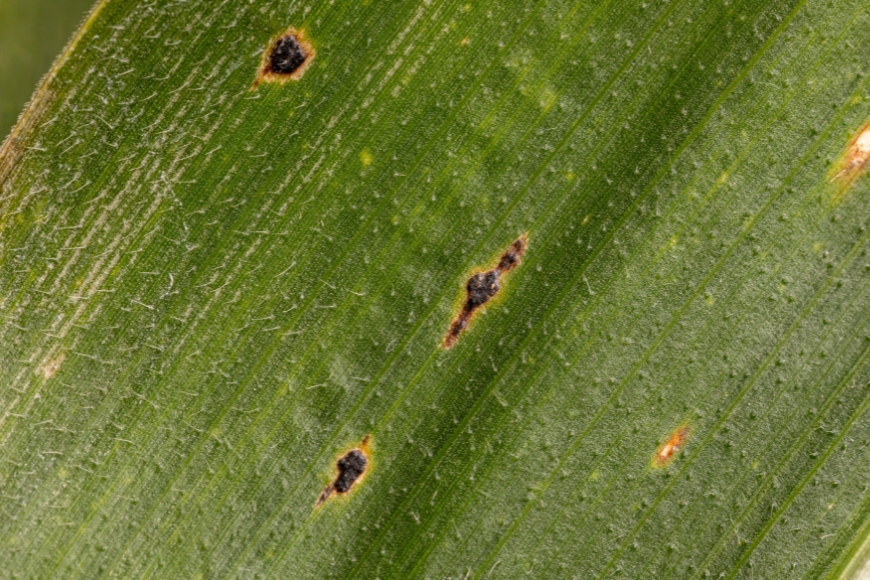Gear Up for Fall Burndown Now

A clean start in the spring. Improved chances of on-time planting. Fewer pest havens. These are just a few of the benefits of an effective fall burndown. What’s your burndown strategy for this year to help limit next season’s weed pressures? Here are some ideas to get you started.
1. Take a look back.
If you did a fall burndown last year, what worked well? What didn’t? If you didn’t do a fall burndown, were there consequences? Did extreme weather prohibit you from doing a spring burndown this year? What weeds were most prevalent in your fields in 2020? Answering these questions will help you and your agronomist devise a plan and determine what herbicides would work best on your acres.
2. Get after annuals.
Winter annuals germinate in autumn, so fall burndown is the perfect opportunity to nip these pests, which include fall-emerging marestail, chickweed and henbit, in the bud. A fall burndown can also provide some residual protection against summer annuals, but…
3. Don’t rely solely on residual protection.
Even if you do a highly effective fall burndown to control fall weeds, you’ll still need to apply a preemergence herbicide in the spring to control waterhemp, Palmer amaranth, and other weeds and grasses. Your fields will look clean in the spring, but don’t be deceived. Apply the preemergence herbicide near planting for protection.
4. No-till? No question.
If you are a no-till farmer, you should absolutely consider a fall burndown. You will have more consistent control of overwintered marestail in the fall versus the spring. It’s imperative to control chickweed and henbit in the fall too. Clean fields in the spring mean better planting conditions, warmer soils and timely planting for 2021.
5. Don’t forget the adjuvant.
The goal of a herbicide application at any time of year is to get as much product as possible to the target weed or soil, so choosing the right adjuvant for the burndown system you use is key. Consider adjuvants such as high-surfactant oil concentrates (HSOCs) or methylated seed oils (MSOs) that work well in challenging environmental conditions. Choose a product that works effectively with a wide range of herbicides to improve spray deposition, enhance canopy penetration and manage drift. Your agronomist can recommend the most appropriate adjuvant for your situation.
6. Minimize pest havens.
A fall burndown gives insects fewer places to hide and thrive. If for some reason you are unable to do a fall burndown, you can spray an insecticide in the spring; however, you can also rely on seed traits to help control pests. For example, you can plant corn seed with a trait that offers cutworm, corn borer or earworm control.
Wet springs can lead to large weeds, making you have potentially higher weed control costs and delayed planting. It pays to be proactive and consistent to achieve season-long weed control, so be sure to get an early start by doing an effective fall burndown.
Depending on your geography, herbicide options such as Cornerstone® Plus, Brash® and Dimetric® EXT may offer effective burndown control. Talk with your local WinField United retailer now to find the right fall herbicide options for your fields.
Editor's Note: This article was originally published in July 2018 and was updated in September 2020.
All photos are either the property of WinField United or used with permission.
© 2020 WinField United. Important: Before use always read and follow label instructions. Crop performance is dependent on several factors many of which are beyond the control of WinField United, including without limitation, soil type, pest pressures, agronomic practices, and weather conditions. Growers are encouraged to consider data from multiple locations, over multiple years, and be mindful of how such agronomic conditions could impact results. Brash®, Cornerstone® Dimetric® and WinField® is a trademark of WinField United




